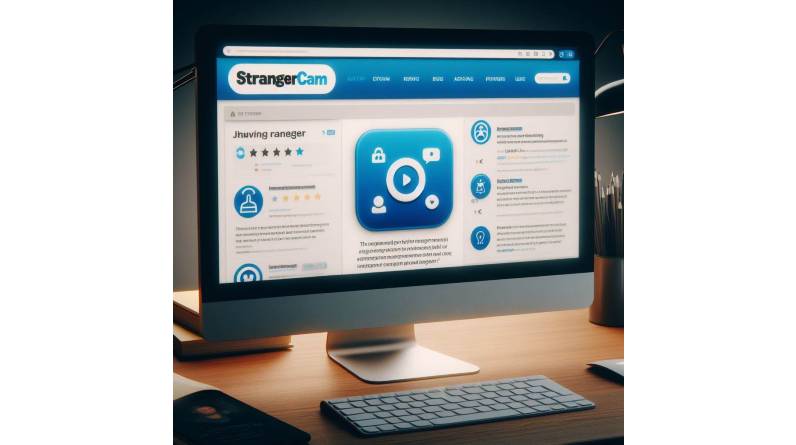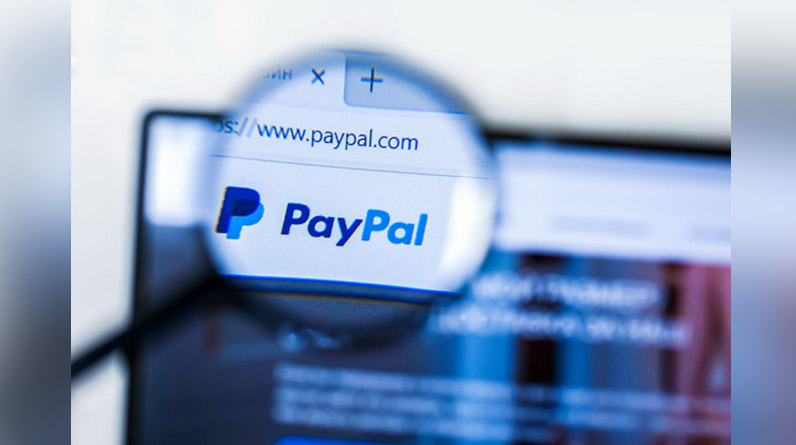In today’s hyper-digital world, businesses are constantly searching for ways to stand out and create more meaningful connections with customers. While email and social media dominate many marketing conversations, direct mail has quietly been experiencing a renaissance. Modern technology has transformed direct mail from a slow, manual process into an automated, secure, and highly personalized channel that businesses across industries are leveraging for better engagement and trust.
This evolution is particularly important for industries like healthcare, finance, and insurance, where communication must be both effective and compliant with strict regulations. With automation and HIPAA-compliant mailing options now available, organizations can confidently send sensitive information and promotional material without compromising security or efficiency.
This article explores how direct mail automation and secure print-and-mail services are shaping the way businesses communicate today and in the future.
Why Direct Mail Still Matters in the Digital Age
At first glance, direct mail may seem outdated compared to digital channels. After all, consumers are constantly online, and businesses rely heavily on social media and email marketing. However, recent studies show that physical mail continues to be a powerful marketing and communication tool.
• Tangible impact: Unlike emails that get lost in crowded inboxes, direct mail is physical, often resulting in longer retention times. Customers tend to remember a postcard or letter more than a fleeting ad.
• Higher response rates: According to the Data & Marketing Association, direct mail consistently outperforms email in terms of response rate.
• Personalization opportunities: With today’s automation tools, direct mail can be customized at scale, creating a more personalized customer experience.
When combined with technology, direct mail is no longer a traditional channel but a modern, data-driven strategy.
The Rise of Direct Mail Automation
Traditionally, managing direct mail campaigns required significant manual effort—designing, printing, stuffing envelopes, and sending them through postal services. For large businesses, this was time-consuming and costly.
Enter direct mail automation. Now, organizations can integrate their customer relationship management (CRM) systems or marketing software with platforms that handle the entire mailing process digitally. From data upload to campaign execution, everything can be done automatically, saving time, money, and human resources.
Key benefits include:
1. Scalability – Businesses can send thousands of personalized mail pieces in minutes.
2. Personalization – Using customer data, each mail piece can be tailored with unique offers, names, or even QR codes.
3. Tracking and analytics – Advanced platforms allow tracking delivery status and response rates, providing deeper insights into campaign performance.
4. Cost-effectiveness – By eliminating manual tasks and reducing waste, businesses can maximize ROI.
This is why more organizations are turning to solutions like the best direct mail automation software. These platforms allow companies to plan, design, and execute campaigns seamlessly, ensuring both efficiency and customer satisfaction.
The Compliance Challenge in Direct Mail
While automation is appealing, it raises an important concern: compliance. For industries handling sensitive data—like healthcare, banking, and legal sectors—sending information by mail must adhere to strict data protection laws.
For example:
• HIPAA regulations require healthcare providers to safeguard patient information. Sending a letter that accidentally exposes protected health information (PHI) can result in hefty fines and reputational damage.
• Financial regulations mandate secure handling of client records, statements, and personal details.
• Legal and government correspondence must follow specific guidelines for accuracy and confidentiality.
Failure to comply can lead not only to fines but also to broken customer trust. This is where secure mailing solutions step in.
HIPAA-Compliant Print and Mail: Protecting Sensitive Information
To bridge the gap between efficiency and security, businesses are adopting HIPAA compliant print and mail solutions. These platforms are designed specifically to handle sensitive data with the highest level of security and compliance.
Here’s how they help:
1. Data encryption – Information is encrypted at rest and in transit, ensuring that only authorized parties can access it.
2. Access controls – Strict user authentication prevents unauthorized employees from handling sensitive mail.
3. Audit trails – Detailed logs track every step of the mailing process, ensuring accountability.
4. Certified facilities – Printing and mailing occur in secure, HIPAA-compliant facilities with restricted access.
By combining automation with compliance, organizations can send patient records, medical bills, insurance documents, or confidential financial statements without risking violations.
Use Cases Across Industries
Automated and compliant direct mail is not limited to one sector—it benefits a wide range of industries:
Healthcare
Hospitals, clinics, and insurers rely on HIPAA-compliant mailing for appointment reminders, medical statements, and patient education materials. Automated direct mail ensures timely delivery while safeguarding PHI.
Finance and Banking
Banks and investment firms use secure mail to send statements, loan updates, and compliance notices. Automation reduces costs while ensuring critical documents reach customers securely.
Insurance
Insurers automate policy renewals, claims updates, and promotional offers, blending compliance with customer engagement.
E-commerce and Retail
While compliance may not be the main focus here, automation enables retailers to send personalized offers, loyalty rewards, and abandoned cart reminders at scale.
Government and Legal
Courts, municipalities, and government offices can send notices, tax updates, and voter registration materials efficiently while maintaining compliance.
Future of Direct Mail: Technology and Trust
The future of direct mail lies at the intersection of automation, security, and personalization. With advancements in artificial intelligence and data analytics, businesses will be able to predict customer behavior and send even more relevant offers through the mail.
At the same time, increasing data privacy concerns mean that compliance will remain at the forefront. Customers are more likely to trust businesses that demonstrate responsibility in handling their personal information.
We can expect:
• Smarter personalization using AI-driven customer insights.
• Greater integration with digital channels like email and SMS for omnichannel campaigns.
• Enhanced security protocols as data protection laws evolve.
• Eco-friendly practices, such as optimized printing to reduce paper waste.
Conclusion
Direct mail is no longer the traditional, manual channel it once was. Thanks to automation and compliance-focused solutions, it has become one of the most reliable, personalized, and secure communication tools available to businesses today.
Companies that embrace modern direct mail automation can achieve higher engagement, lower costs, and streamlined workflows. At the same time, adopting HIPAA-compliant print and mail services ensures that sensitive information is always handled with the utmost care and responsibility.
In an age where trust and efficiency are critical, combining automation with compliance doesn’t just improve operations—it strengthens customer relationships and protects brand reputation.


